Description
Dracaena Victoria, Dracaena fragrans – Plant
Dracaena Victoria Plant plant is an oldie but goodie in the houseplant industry. Europeans have been using them as indoor plants since the mid-1800s and they’ve been popular in the United States since the early twentieth century. Corn plants are grown as thick canes that sprout from buds along with the cane, achieving a “false palm” effect (they’re sometimes called false palms). They make good houseplants because they are tall and narrow, with controlled growth, and can withstand a fairly significant amount of abuse from casual indoor gardeners.
Growing Conditions
Light: Try to locate them near a window with filtered sun. Too little light will result in leaves losing their stripes.
Water: Keep evenly moist, but if you have to err, do so on the dry side. Keeping it too dry, however, will result in brown leaf tips. They prefer about 40% humidity. Use non-fluoridated water as they are sensitive to fluoride.
Temperature: Keep above 55ºF if possible. They do best in the mid-70ºs.
Soil: Loose, well-drained potting mix.
Fertilizer: Fertilize lightly since the plants store nutrients in their canes. Use calcium supplements (chelated calcium or even gypsum) to prevent leaf-tip burn.
Propagation
Corn plants root readily from cuttings. Push tip cuttings into warm soil and keep moist. You can also root cane pieces directly by pushing them into a growing medium. Make sure the dirt is strong enough to support the cane upright. Rooting hormones can help increase rooting.
Repotting
Repot annually into larger pots with fresh, free-draining potting soil. The true Dracaena fragrans has solid green leaves, but most people prefer the D. fragrans ‘Massangeana,’ which features a central, broad lime-green stripe down the middle of the leaf. Another variety, D. fragrans ‘Lindenii,’ has a dark green stripe down the middle and yellowish leaves. A final variety, D. frangrans ‘Victoria,’ has white and cream stripes, but is rarely seen in garden centres.
Grower’s Tips
Corn plants are often sold in groups of three canes in larger pots perfect for a spot on the floor by the window. Like other dracaena, these are sensitive to fluoride and boron, which can cause a leaf-tip burn. Water with non-fluoridated water. Other causes of brown leaf tips are temperature fluctuations, water stress, and calcium deficiency. If your plant is happy, the biggest problem is likely to be dust on its leaves. Clean the leaves with a damp cloth every so often to keep it looking its best. If the plant grows too tall, you can cut the canes, and new leaf buds will break out near the cut.


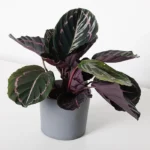
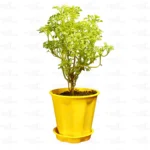



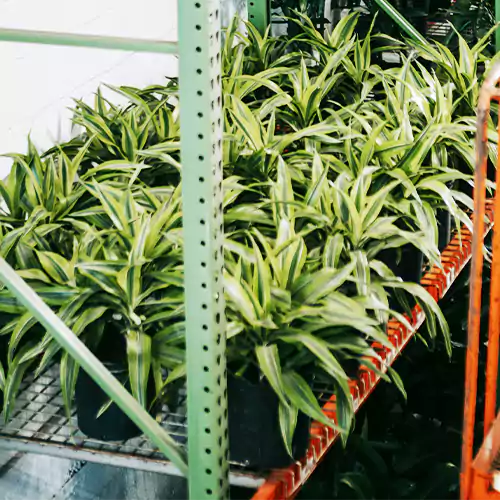

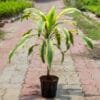

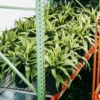

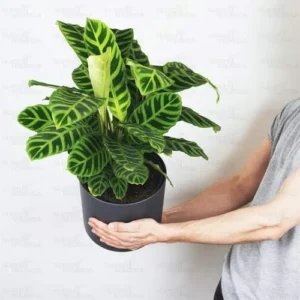
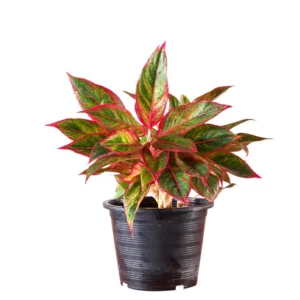
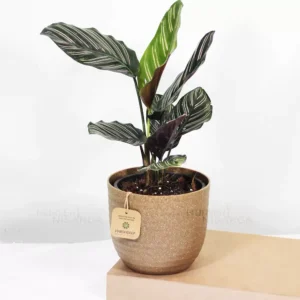
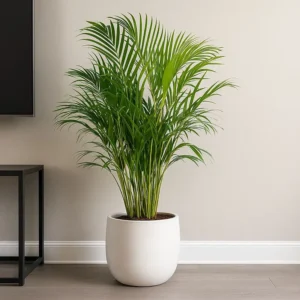
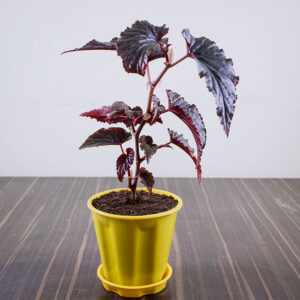
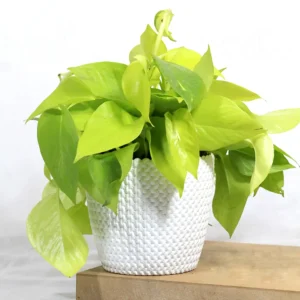
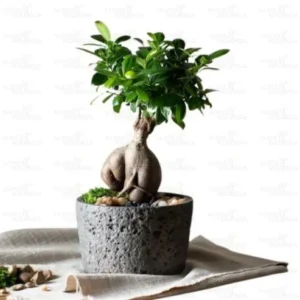
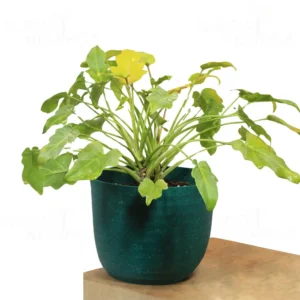
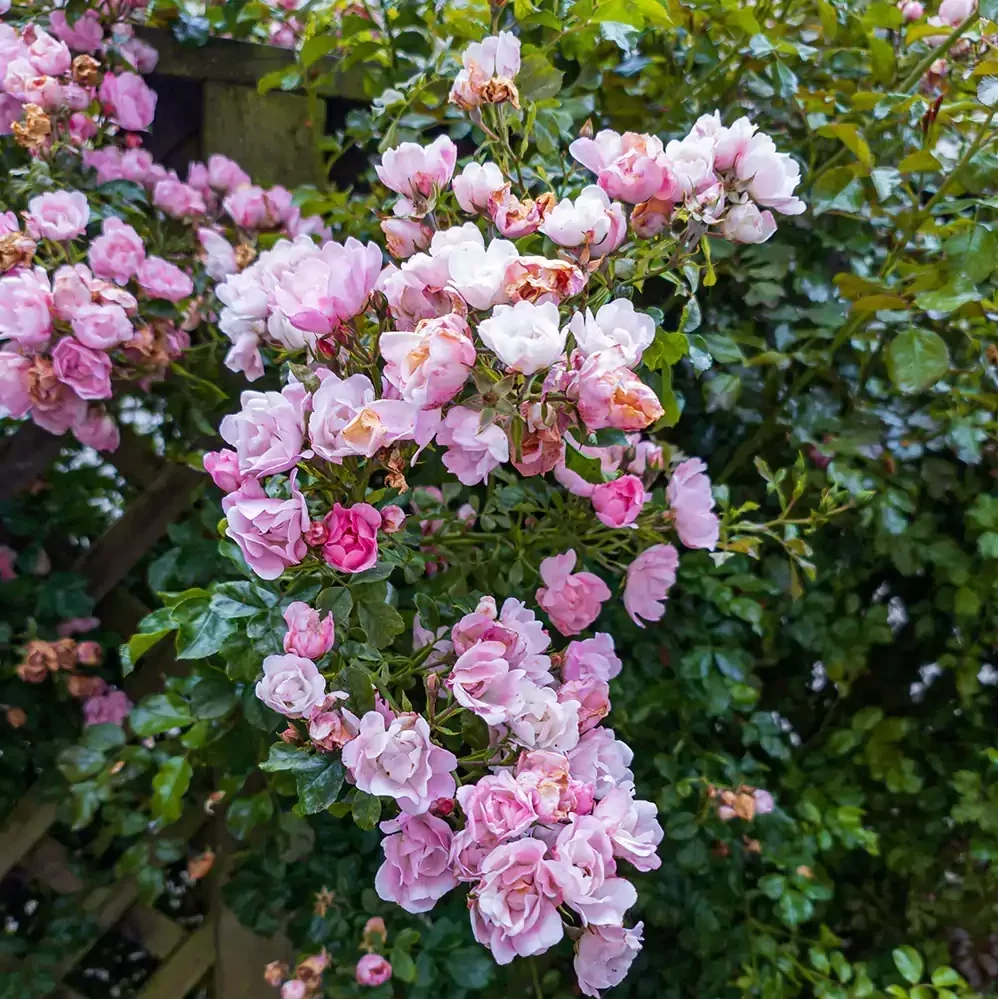

Reviews
There are no reviews yet.